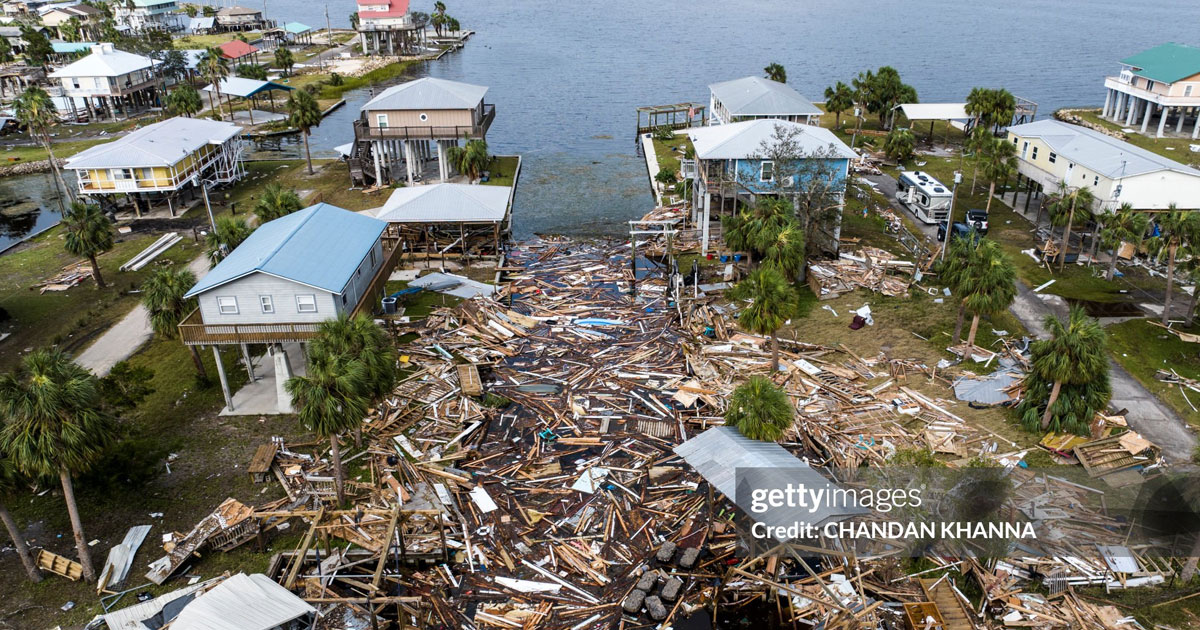As Hurricanes Helene and Milton swept across the southeast, leaving devastation in their paths, one truth became evident: when all other forms of communications fail, local broadcasters – especially AM radio – and first responders remain critical lifelines. As communities struggled to survive, misinformation surged, creating confusion and putting lives at risk. FEMA issued a dire warning, reporting that false claims about rescue operations and infrastructure stability caused unnecessary evacuations and panic. Social media platforms became flooded with rumors, but local broadcasters stood firm, delivering trusted, real-time updates to cut through the noise. Their dedication to sharing accurate information in the face of widespread disinformation was critical, proving once again that in times of crisis, broadcasters are more than just communicators – they are live, local and trusted sources of information.
The storms wreaked havoc across the region, with devastation spanning from Tennessee to North Carolina to Georgia and Florida – toppling cell towers, downing power lines and leaving vast areas cut off from the world. In those moments of crisis, local broadcasters stepped up alongside first responders, delivering critical updates to the public. It wasn’t just about broadcasting the news – it was about saving lives, literally. Real-time information from radio stations became the difference between safety and danger, as first responders and local broadcasters coordinated evacuations, relayed road closures and directed communities to available shelter and resources.
With other mass communications down, the only link between first responders and the public was the resilient broadcast signals beaming through the storm. That is why the Sarasota County government and former FEMA Administrator Craig Fugate urged those in the path of Hurricane Milton to tune in to local radio stations for information. First responders leaned on radio broadcasts to guide their rescue missions and bring comfort to those facing the unimaginable. AM radio, a vital lifeline during disasters, with its unmatched resilience, proved to be one of the only reliable sources of life-saving information when other systems failed during the hurricanes, further cementing its vital presence in every vehicle. As power outages and network failures spread, people turned to the broadcast signals that never stopped working.
The bravery of first responders on the ground cannot be overstated. They put themselves directly in harm’s way to serve the public, working under dangerous conditions to provide rescue and essential relief. Some even lost their lives in the line of duty, a testament to the incredible strength and courage of those who rush into disaster zones to protect their communities. The devastation across the southeast is overwhelming – homes gone, towns erased and lives forever changed – but these local heroes, alongside broadcasters, have been a beacon of hope and survival.
Hurricanes Helene and Milton are reminders of the irreplaceable role first responders and local broadcasters play in a crisis. Their unwavering commitment to keeping people safe and informed is what allows communities to endure and recover. As future storms loom on the horizon, the strength of these dedicated professionals, and the enduring power of broadcasting, will remain at the heart of disaster response.





